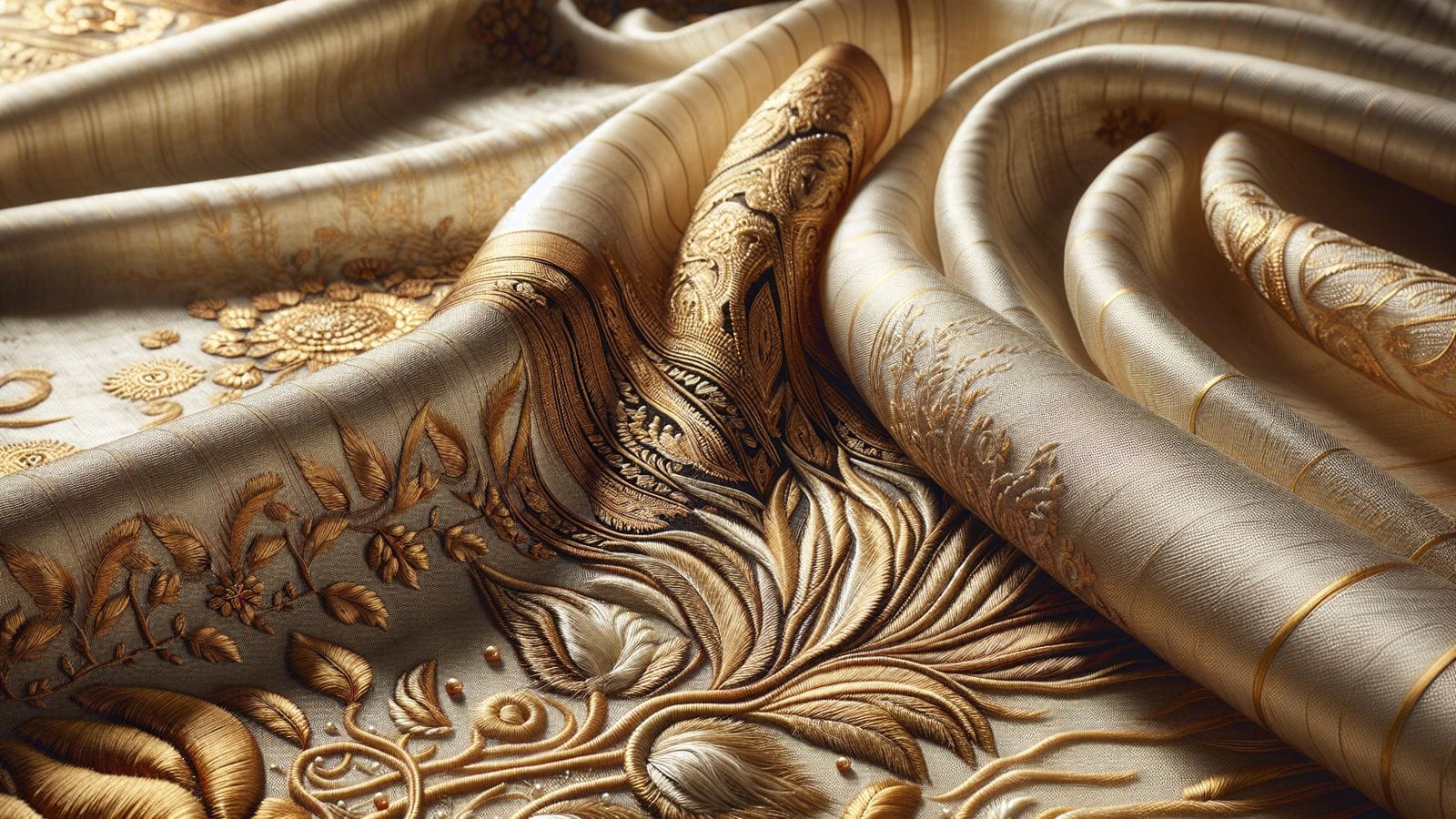
Experience the charm of Chanderi silk with this guide
What's the story
Chanderi silk sarees represent a heritage that blends luxury with understatement. These garments originate from Chanderi in central India, and they are more than mere attire; they are a tapestry of history and artisanship. This article delves into the allure of Chanderi silk, shedding light on its historical significance, distinctive features, and providing guidance on how to style it elegantly.
Fabric nuances
What constitutes Chanderi Silk
Chanderi silk's charm is in its unique composition, a blend of silk and cotton, which is then enhanced with zari work. This involves the use of gold or silver threads to weave intricate designs into the fabric. Its semi-transparent nature is distinctive, setting Chanderi apart from other textiles and making it a symbol of elegance and comfort for wearers.
History
The history of Chanderi Silk
Historical weave Chanderi silk has roots deep in Indian history, originating from the small town of Chanderi in Madhya Pradesh. The fabric was a favorite among royalty due to its lightweight texture and sheer appearance. Historically, it was woven using handspun cotton warps and wefts. It wasn't until the 1970s that silk threads were introduced to this craft.
Styling
Take note of these styling tips
For formal events, choose a Chanderi saree with elaborate zari work to add a touch of sophistication. Opt for pastel shades during daytime events and deeper hues for evening gatherings. Complement your Chanderi saree with traditional jhumkas or a sleek chain for an elegant look. Avoid heavy accessories that can overshadow the delicate fabric. Preserve the beauty of your Chanderi by dry cleaning only. Store it separately wrapped in a muslin cloth to maintain its sheen and prevent snags.
Sustainable choice
Sustainability
Chanderi silk's timeless appeal is matched by its sustainable qualities. Its durability ensures longevity, defying the transient trends of fast fashion. By choosing Chanderi, consumers not only enjoy a fabric that maintains its elegance over time but also contribute to the preservation of artisanal traditions. This eco-friendly choice supports the skilled communities that have been crafting these textiles for generations, promoting sustainability in fashion.